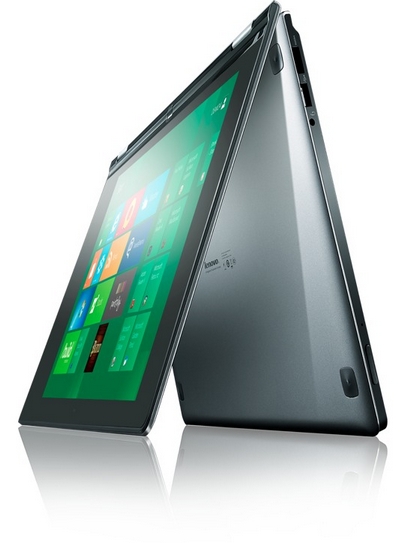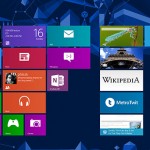
During the third quarter this year, the Asia-Pacific PC market declined 4 percent compared with the same period last year, IDC revealed yesterday.
The technology consultancy attributed the “unusually quiet Q3” not only to sluggish economies across the region, but also efforts by retailers to clear out old inventory before taking in fresh stocks for Windows 8 devices.
Handoko Andi, senior market analyst for client devices at IDC, said: “With 2012 having been quiet so far, October 26 will carry a lot of expectations, not just for Microsoft but for all PC vendors who are anxious to see the new OS delivers on its promise of fueling another momentum in the PC market.”
“And the good thing is that channels have been anticipating the arrival of Windows 8, which will help shipments in Q4 2012. However, 2013 will continue to be a challenge for PC industry vendors as they still need to jockey for consumer mindshare in a rapidly expanding variety of device choices,” Andi said.
To maintain their growth in the region, most PC vendors casted their sights on China, the world’s biggest PC market. Lenovo, which recently ousted HP as the top PC supplier, remained ahead in the region thanks to aggressive price cuts, promotions and the introduction of several new models in China.
According to IDC, Taiwanese PC maker Asus struggled to sustain its momentum in Asean and India, though it more than made up for this with a sharp rebound in China. Dell also managed to rebound in China after a few quiet quarters, helping to boost the vendor’s overall regional performance.







PC sales depends more on the OS rather than the manufacturers product line up. If win 8 is only a slight improvement from previous windows OS, is not user friendly, and cannot run older software properly, there is little reason for consumers to get replacements.
Where manufacturer will have a bigger say is when it comes down to product pricing. PCs, and laptops, especially those with touch capabilities, will not only be competing against rival manufacturers’ products, but also with their own company’s tablet product and smartphone line up. For example, if prices for new hybrid laptops cost too much, and it is possible to get a normal laptop and table together for that same price, consumers may well do so or get a new table and use their old laptop. After all, consider how many users would be comfortable working all day with a hybrid laptop is likely to have a 12″ or less led screen?